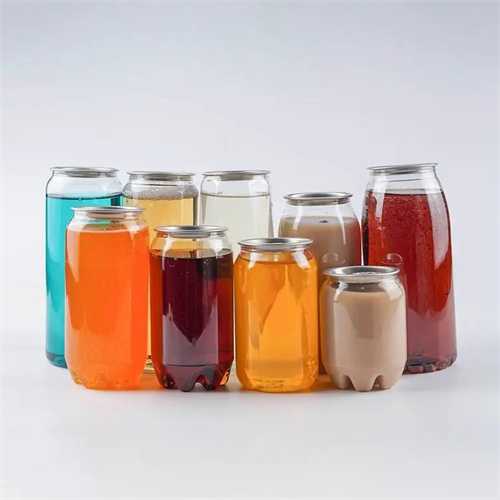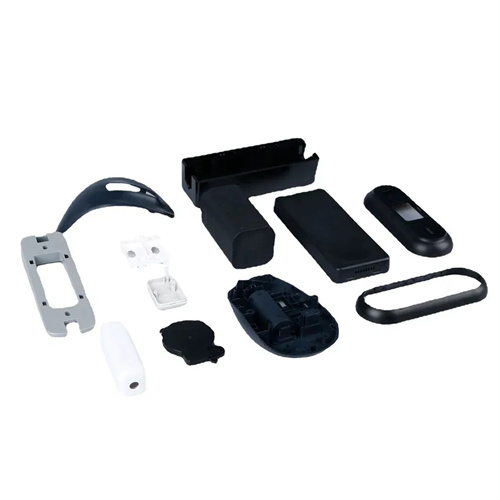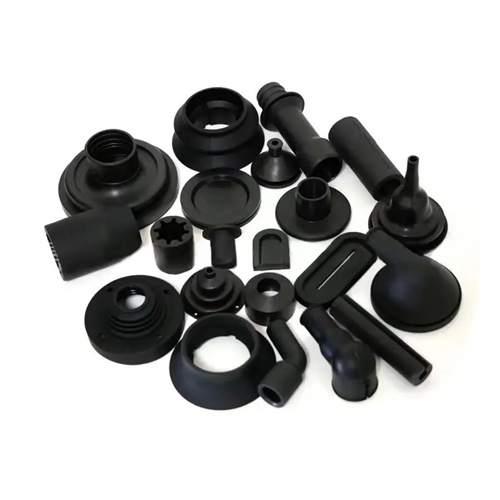The benefits of enlarging gates and runners
Enlarging the gate and runner can significantly improve melt flow properties during injection molding, especially for high-viscosity materials or those containing glass fiber. For example, an automotive engine bracket made of PA66+GF40 originally had an 8mm runner diameter and a 2mm gate diameter . Excessive shear rates during melt flow caused glass fiber breakage, resulting in a 15% decrease in part strength . Increasing the runner diameter to 12mm and the gate diameter to 3.5mm reduced the melt shear rate from 5000s⁻¹ to 2500s⁻¹ , increased the glass fiber retention length from an average of 0.3mm to 0.5mm , and increased the tensile strength by 1.1 times, meeting the mechanical performance requirements of the engine bracket. Furthermore, the reduced flow resistance reduced the injection pressure from 140 MPa to 110 MPa, reducing mold cavity wear and extending mold life by 20%.

Increasing gate and runner dimensions can effectively reduce pressure loss during melt filling and improve cavity pressure uniformity, making it particularly suitable for large plastic parts or multi-cavity molds. A refrigerator liner mold measuring 1200×800mm originally used four 1.5mm diameter point gates. This made filling difficult in corners away from the gates, necessitating an increase in holding pressure (120MPa). This resulted in severe part edge flash and an 8% defect rate. Increasing the gate diameter to 2.5mm and the main runner diameter from 10mm to 14mm reduced the pressure differential across the cavity from ±25MPa to ±8MPa, lowering the holding pressure to 90MPa, eliminating flash defects, and reducing filling time from 18 seconds to 12 seconds, improving production efficiency by 33%. In multi-cavity molds, the pressure consistency of each cavity is improved after the runner is enlarged. The weight deviation of a 16-cavity bottle cap mold is reduced from ±0.3g to ±0.1g, and the product qualification rate is increased to 99.5%.

Properly enlarging the gate and runner helps minimize melt cooling in the runner and reduces the risk of aggregate blockage, especially for thick-walled parts with long molding cycles. For a 10mm-thick washing machine balance ring, the original runner diameter was too small (8mm), causing premature melt cooling in the runner. Runner blockage required cleaning every 50 mold runs, impacting production continuity. By increasing the runner diameter to 12mm and shortening the gate length from 2mm to 1mm, the melt temperature in the runner remained above 220°C (from the original design minimum of 180°C), eliminating aggregate blockage and enabling continuous production of 500 mold runs without runner cleaning. Furthermore, the optimized gate size extended the time the feeding channel remained unobstructed by 3 seconds, reducing the part’s internal shrinkage porosity from 3% to 0.5%, meeting the sealing requirements for hydrostatic testing.

Enlarging the gate and runners can reduce melt temperature gradients, mitigate internal stress in plastic parts caused by temperature unevenness, and improve dimensional stability. In a PC optical lens mold, the original 1mm gate diameter resulted in a sharp drop in melt temperature at the gate (from 280°C to 220°C). This resulted in significant internal stress in the lens after cooling, leading to cracking during the subsequent coating process and a scrap rate of 12%. Increasing the gate diameter to 2mm and expanding the runner diameter from 8mm to 10mm reduced the melt temperature gradient from 60°C/mm to 30°C/mm. Polarimeter testing revealed that the lens stress level dropped from level 4 to level 1, and the coating process pass rate increased to 98%. For crystalline plastics such as POM, improved temperature uniformity reduces crystallinity deviation from ±3% to ±1%, significantly improving part dimensional stability. The cumulative pitch error of a gear was reduced from 0.05mm to 0.02mm, and meshing noise was reduced by 3dB.

Enlarging the gate and runners improves melt pressure distribution within the runners, helping to reduce surface defects caused by gas entrapment, such as silver streaks and bubbles. In the case of a black ABS television housing, the original gate was too small, leading to melt ejection and the entrainment of air, which resulted in surface silver streaks and a rework rate of 10%. By changing the gate from a side gate to a fan gate (increasing the width from 5mm to 15mm) and increasing the main runner diameter by 20%, the melt filled the cavity in a laminar flow, allowing gas to be smoothly discharged through the venting grooves, completely eliminating silver streaks. Furthermore, enlarging the runners shortens the residence time of the melt within the runners. For a PVC pipe fitting, this enlargement reduced material degradation, lowering the yellowing index of the plastic part from 3.5 to 1.2, and achieving Class A appearance quality. It should be noted that larger runners and gates are not necessarily better. CAE simulation is required to determine the optimal size. In one case, excessive runner enlargement resulted in a 30% increase in agglomerate weight and severe waste of raw materials. Ultimately, simulation adjusted the runner size to a reasonable range, ensuring the desired effect while increasing agglomerate weight by only 10%.
